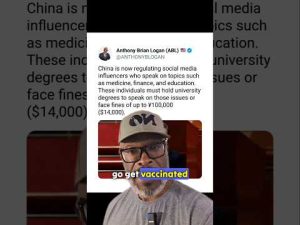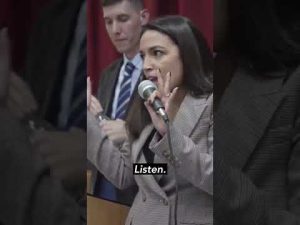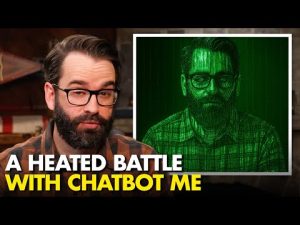**Unpacking the JFK Conspiracy: A Deep Dive into New Revelations**
In a recent lively discussion from a conservative news channel, an intriguing revelation about the assassination of President John F. Kennedy caught everyone’s attention. The conversation revolved around new insights allegedly drawn from contemporary analyses of the now-public JFK files. This topic is bound to revive old debates and perhaps add some spice to a well-cooked conspiracy stew.
As the narrative unfolded, one particular research outlet made shockwaves by suggesting that the historical narrative surrounding JFK’s assassination could be far more convoluted than has been accepted. The theory suggests that a coalition involving then-Vice President Lyndon B. Johnson, elements within the CIA, the Mafia, and even Lee Harvey Oswald, may have worked together in a concerted effort leading to the tragic event in Dallas on November 22, 1963. Could we really be looking at a conspiracy of epic proportions?
The discussion took an interesting turn when a team member initiated an inquiry into whether these assertions had any substantial footing. Armed with countless documents, including those released by the Warren Commission, the team was on a quest to discern if the claims of a conspiracy were more than just smoke and mirrors. What they found—or didn’t find—seemed to echo across the research desks: assertions made by this “Grock” character were met with skepticism as they lacked verifiable evidence, leading to further disarray among the team.
Leaping into the conspiracy analysis, it was suggested that the shadows of Lyndon B. Johnson, the rogue actions of the CIA, the notorious Mafia, and even whispers of foreign involvement from Soviet and Cuban actors could paint a much darker picture of the events of that fateful day. However, despite the electric thrill of conspiracy theory discussions, one critical lesson emerged: assumptions need rigorous scrutiny. It was noted that without proper evidence from the now-released JFK files, these connections stood precarious, resembling a house of cards on a windy day.
Interestingly, the conversation also touched on the use of Artificial Intelligence in research. The team’s experience with AI tools revealed a concerning possibility: the outcomes generated could lean toward the bias of how questions were framed. Instead of delivering balanced insights, the presented data could easily lead unsuspecting users down the rabbit hole of misinformation. With AI potentially capable of mimicking human thought processes, it’s imperative to approach such technologies with caution. As they say, even your tech-savvy friend can sometimes sound like they’ve taken one too many spins on the conspiracy carousel.
So, in the upcoming special, audiences can expect an engaging yet critical probing of who really played what role in the JFK assassination. Audiences will be encouraged to think critically about these claims and, importantly, to differentiate between speculation and substantiated fact. It appears that while the chatter about this 60-year-old tragedy might reignite with fresh fervor, a wise approach of questioning, analyzing, and verifying shall be the armor against falling prey to fanciful tales. And just like with Uncle Bob at the family gathering, it’s always prudent to take things with a grain of salt—no matter how compelling the story may be.
As we gear up for this thought-provoking show, one thing remains clear: history is rarely straightforward, but with proper diligence, the truth—though buried beneath layers of intrigue—can and must be unearthed!







